Cold-Brew Coffee is The New Must-have Coffee These Days
Wouldn’t it be great if you could choose the best coffee for cold brew to make the coffee drink in town without leaving the house? Want to know more about what it takes to create your batch perfected to your liking? Think it’s impossible? Well, think again.
It’s easier than you can imagine. In fact, part of the joy of brewing is learning how to choose beans for cold brew coffee. It’s fun to discover and create favorite recipes. All it takes is a bit of patience and a lot of enthusiasm. Are you ready to learn everything you ever wanted to know about making cold brew coffee? Let’s go!
It’s All About The Beans
The general consensus is that the best beans for cold brew are 100 percent Arabica. The bad news is that Arabica beans are harder to grow and produce a smaller crop than other beans. The good news is that Arabica produces a lower level of acidity, which makes for a better result.
Arabica’s qualities bring out the bean’s flavors, which vary greatly depending on where and how the beans were grown, how they were processed (drum or air-roasted), and how they were harvested.
Roasting Methods
Getting down to details, we can roast the beans in two ways. The most inexpensive way is “drum roasting.” It’s fast and makes larger amounts. But a word of caution, processing beans in a drum means heat is transferred to the beans. This makes them bitter. The process can under or overcook the beans and produce a less than satisfying result.
Air roasting is the preferred method of preparing the beans. The finished product is far better because air roasting demands greater expertise and is a more tedious process that requires regular checking.
The constant observation actually allows the processor to create a unique flavor from the beans. Ultimately, the more we put into the process, the more we get out. Air roasted beans may cost a little more but are well worth it.
Light, Medium, or Dark Roast
The bottom line is that the roast level is a personal choice. It all depends on what we like – a lower or higher level of acidity. Remember, cold brewed coffee is less acidic. If we like a more acidic brew, that’s easy. Add a little lemon juice to increase the acidity level.
Some people enjoy lightly roasted beans because they lock in the unique flavors of the beans. Keep in mind that cold brew is known to bring out bold flavors like chocolate. It does not embrace the more subtle ones. It also greatly depends on the mouthfeel, which is defined as a taste and a drying feeling on both the tongue and mouth that can be light or heavy, watery or creamy, brisk or oily.
For connoisseurs who don’t like an acidic taste but do like the fruit flavor of the bean, medium roasted beans seem to be the preferred choice. The nice thing about medium roasted beans is that they blend the bean’s true flavors with roasted elements. Many cold brew drinkers like this combination.
Finally, dark beans have a roasted flavor and produce a similar taste whether the coffee is hot or cold. Dark roasted beans create a sweeter flavor and richer texture. Dark rules when cold brewing coffee because the beans favor flavors like chocolate and nut. The bold flavors that a cold brew makes dominate over the subtle tastes.
Best Coffee for Cold Brew to Buy
Which brands are offering high-quality coffee beans, especially for making cold brews? Behold some of our most highly recommended choices:
Specialty Coffee for Cold Brewing by Primos Coffee Company
Specialty Coffee for Cold Brewing by Primos Coffee Company (Medium Roast). This coffee is never bitter, always sweet. The beans are medium roasted and coarse. The most appealing quality is that the original flavor of the beans is more noticeable than the roasted taste. Primos Coffee uses Arabica beans.
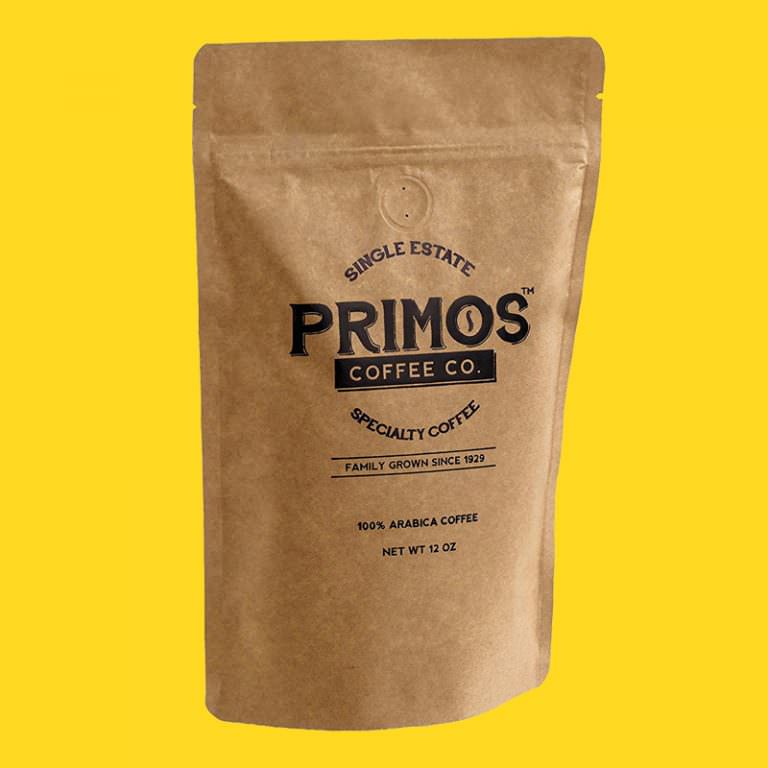
Tiny Footprint Coffee Organic Cold Brew Cold Press Elixer
Tiny Footprint Coffee Organic Cold Brew Cold Press Elixer is completely organic. This company uses 100 percent Arabica beans. The brew is sweet, and the feel is smooth. The brighter flavors emerge, complemented by hints of cocoa. It’s important to note that sales of this brand help support the reforestation of cloud forests in Ecuador.
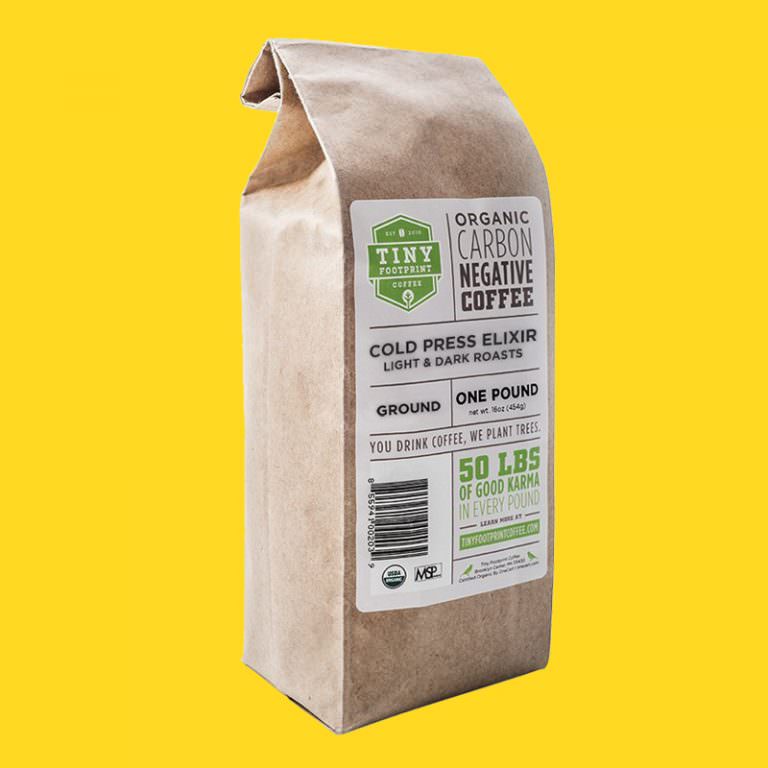
Stone Street Coffee Cold Brew Reserve Colombian Single Origin
Stone Street Coffee Cold Brew Reserve Colombian Single Origin is coarsely ground coffee using dark roasted beans. Craftsmen take great care to retain the true flavor of the beans through a meticulous process. The blend produces a result that is subtly sweet and balanced. The bean used is 100 percent Arabica.
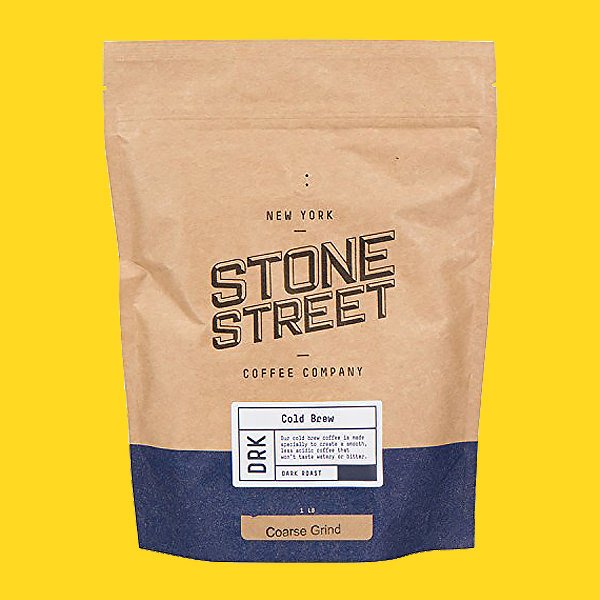
Koffee Cult Medium Roast Ground Coffee
Koffee Cult Medium Roast Ground Coffee will produce a brew that is well-balanced and with a medium level of acidity. It is described as having a sweeter aftertaste, never bitter. Production of this brand uses environmentally friendly techniques. Koffee Cult uses 100 percent Arabica beans. Very smooth!
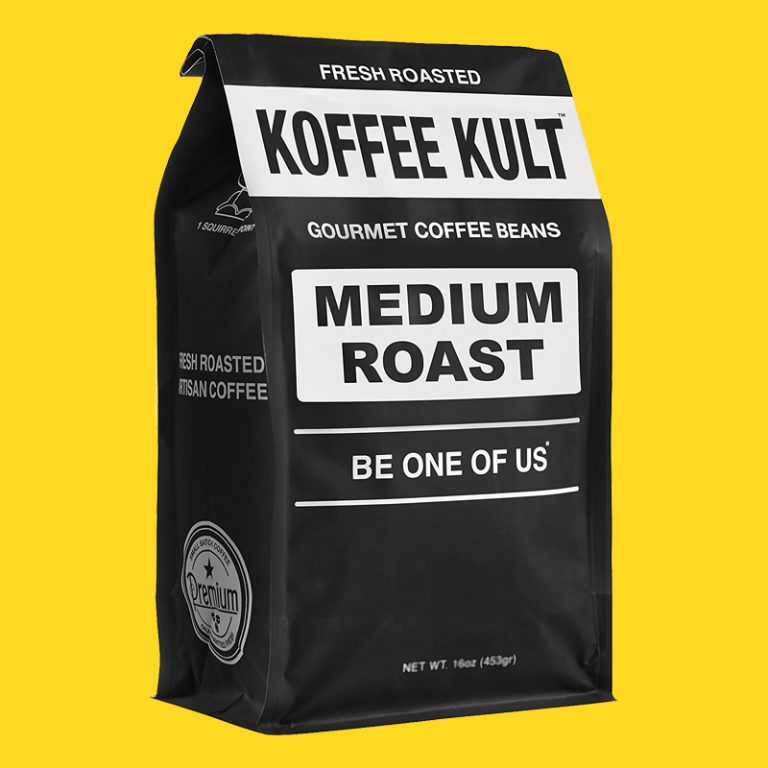
Faro Roasting House Imperial Project Blend
Faro Roasting House Imperial Project Blend (Cold Brew Whole Beans Coffee) comes from a company that prides itself on using 100 percent Arabica beans. The cold brew is notably rich and creamy, very refreshing. These high-quality premium beans make great cold-brewed coffees at home without any hassle.
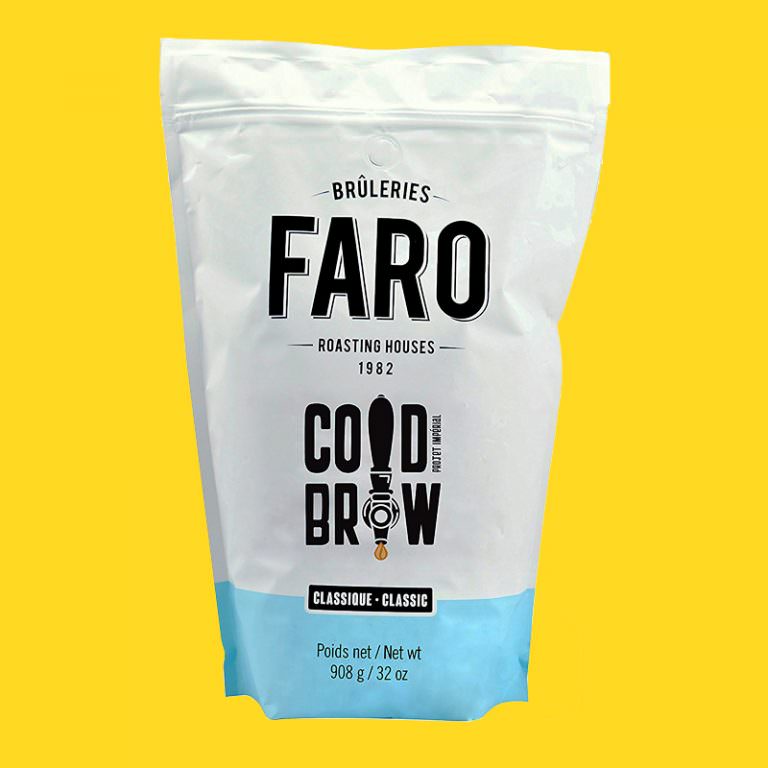
Methods, Methods, Tips, And Recipes
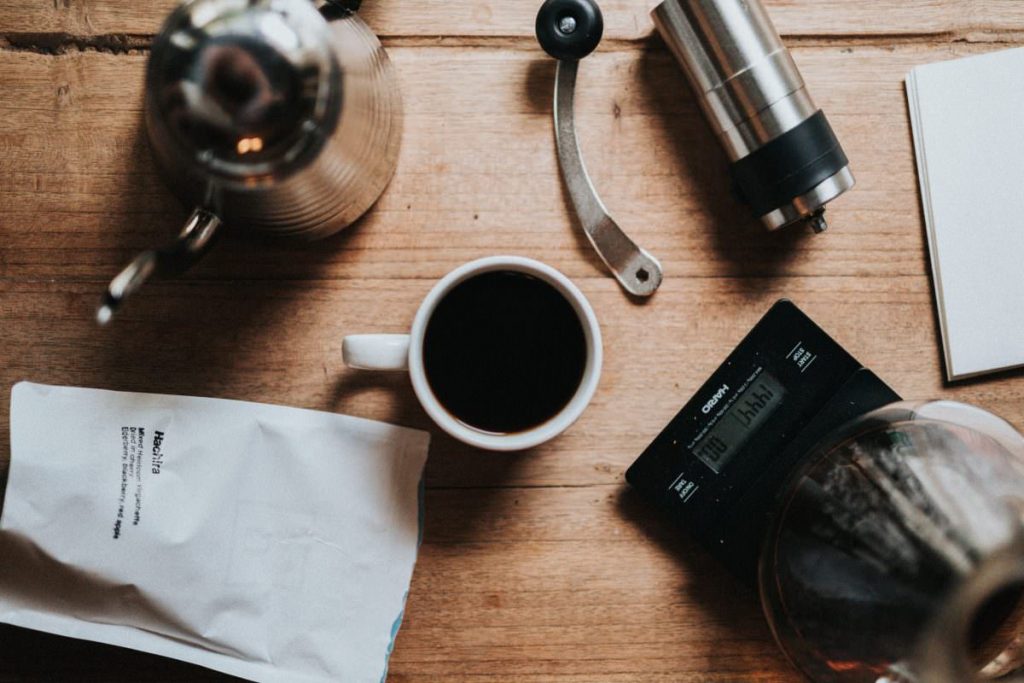
Immersion Cold Brew
This process does not need to be complicated. It’s as simple as grinding the beans, combining the water and ground coffee into the container (make sure the grounds are saturated), and letting it steep for up to 18 hours. Strain and chill, then enjoy. This is the most popular method for making cold brew. No special equipment is needed, and the routine is the same each time.
The immersion method makes one smooth extraction that is low-acidic. This process is perfect if you prefer delicate flavors like cinnamon and brown sugar.
In general, cold brews jumble flavors. Using the immersion method may eliminate the bright qualities. It can be a quick process, or it can take up to 24 hours and be labor intensive. But part of the fun is in the process. Adjustments can easily be made for personal preference. Below is a recommended recipe.
- Combine 1060 grams (37oz), coffee + 8480 grams (299oz or 2 gallons), water
- Water: The coffee ratio is 8:1
- Grind size is setting # 6 on hand-ground (medium – coarse)
- Steep time is 18:20
Ice Drip Cold Brew
This method employs cold water that gradually saturates the grounds, then leaks into the container. This brew is thick in texture and known by coffee lovers to highlight the original flavors of the beans.
There’s some prep time and a need to watch the drip rate that must stay consistent. Brewing takes a full day and some special equipment. Ice drip is the way to go if we like lots of subtle flavors. See the recipe below.
- 60 grams (2oz), Coffee + 660 grams (23oz), Water
- Water: The coffee ration is 1:1
- Grind size – Setting 4 on hand-ground (medium); 1 drip per 8 seconds
- Requires 10 hours
Japanese Cold Brew
Actually, this one’s a hybrid since it can’t be called cold brew or iced coffee. The nice thing about this method is that it has qualities of each – the best of both worlds, one could say. All that we need to do is pour hot coffee over the ice. Enthusiasts will ecstatically describe how the smell of hot coffee hitting the ice permeates the air.
The extraction is extra sweet. It’s very quick, but the melting ice will dilute the brew, so it has to be monitored. Using large ice cubes is recommended to minimize the rate of dilution. It also helps to decrease the grind size. This brew style is celebrated as bright and complex. Those who like to experiment will love this method. Below is a suggested recipe.
- Method: Inverted
- 19.8 grams, Coffee (Grind size: Setting 3.5 on Handground) + 228 grams, water + 167 grams, ice
- Water: The coffee ratio is 20:1
- Requires 2 minutes 6 seconds
Before You Start
Now you know how to choose beans for cold brew coffee and a few great recipes, but what equipment is needed to begin making your batch of a cold brew? It all comes down to individual preferences for size and features. We can go as simple or as technical as possible, but the easiest way is to buy a cold brew coffee maker.
Making cold brew allows us to adjust the taste, and that’s part of the joy of doing it ourselves. Other things to consider include the type of filtering system and how easy the device is to use. What else could we recommend is a small cooler, if you want to take some cold brew with you.
Well, it’s decision time. Are you going to pay the premium price for one cup of cold-brewed coffee or make it yourself exactly the way you want it? Let’s take it to the next level, starting with the best coffee for a cold brew that goes directly from the store to your favorite coffee mug. Drink up and enjoy!